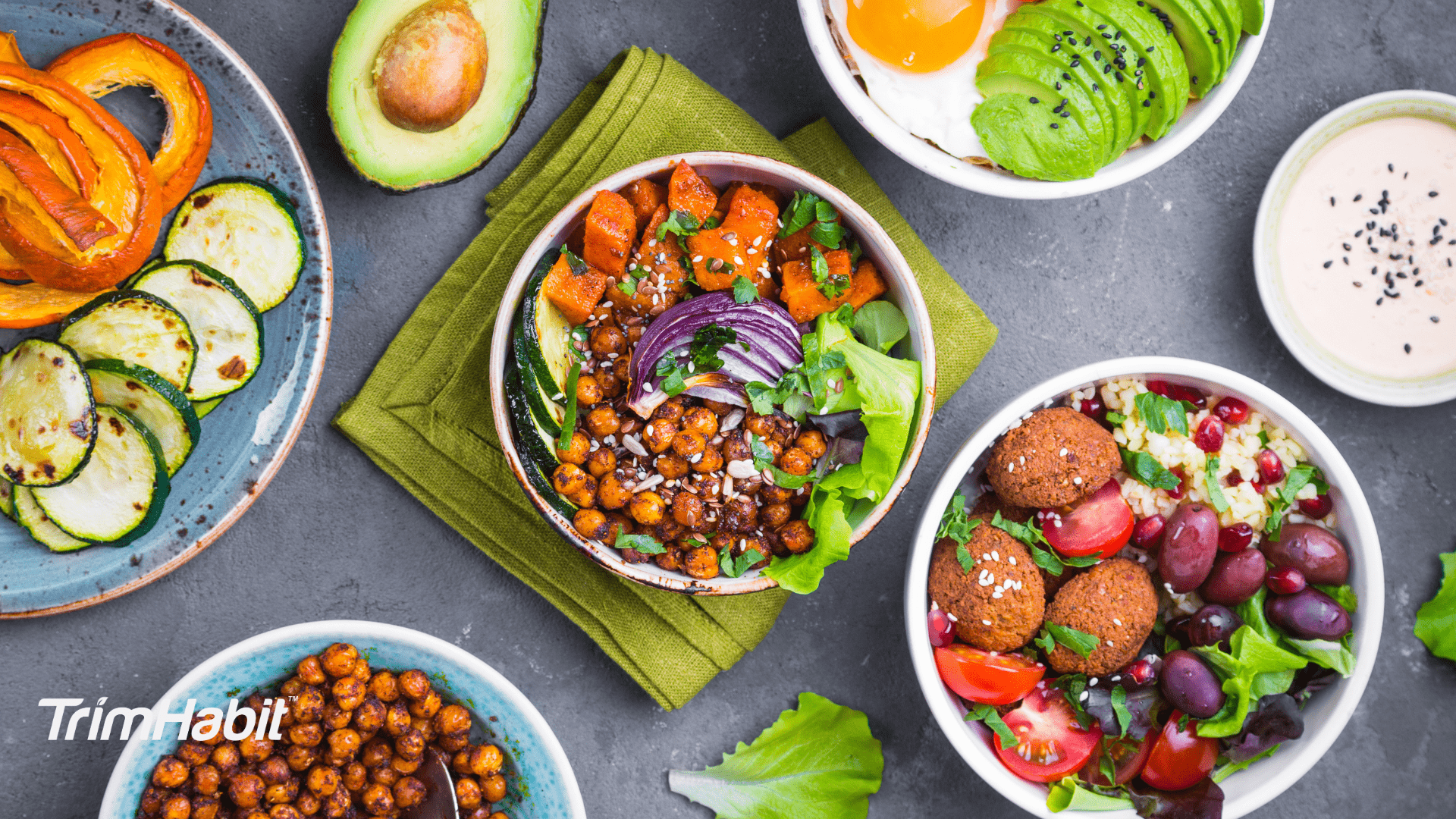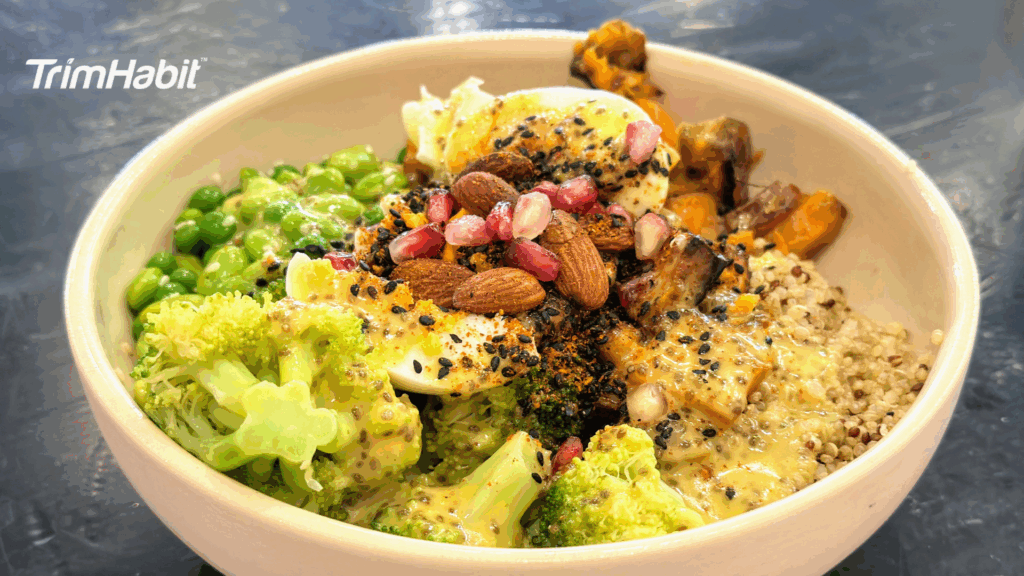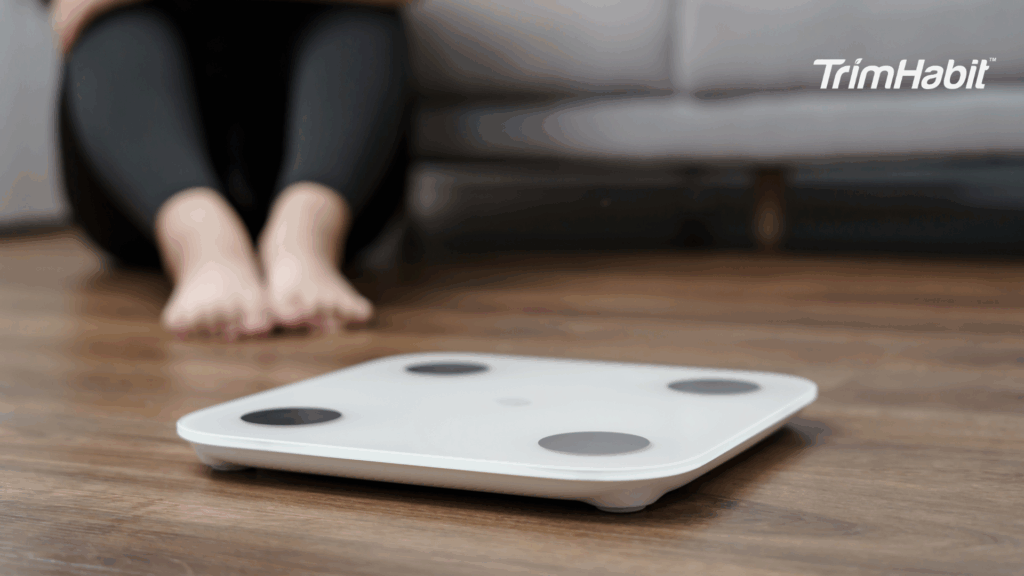Semaglutide, a medication originally developed to manage type 2 diabetes, has gained attention for its effectiveness in supporting weight loss and improving metabolic health. Whether you’re taking it as Ozempic, Wegovy, or another brand, nutrition plays a vital role in maximizing the benefits of this medication while minimizing potential side effects like nausea or digestive discomfort. The key? Eating balanced, nutrient-dense meals that support your body’s needs and align with how semaglutide works.
This article will explore healthy meal ideas for people taking semaglutide. From breakfast to dinner, you’ll find simple and satisfying options that help you feel your best while on your health journey.
Semaglutide Overview
Semaglutide is a prescription medication initially developed for managing type 2 diabetes and now also used for weight management at higher doses. It mimics the natural hormone GLP-1 (glucagon-like peptide-1)1, which helps regulate blood sugar, slow digestion, and reduce appetite.
Semaglutide increases insulin secretion, but only when blood sugar levels are elevated, and decreases glucagon production2,3. It also slows gastric emptying and promotes satiety, helping reduce food intake4,5. When used alongside healthy eating and regular physical activity, semaglutide can support significant weight loss.
Brand Names
- Ozempic – for type 2 diabetes
- Wegovy – for weight management
- Rybelsus – oral form for type 2 diabetes
Approved Uses
- Ozempic & Rybelsus – Type 2 diabetes management6
- Wegovy – Chronic weight management in individuals with obesity or overweight with at least one weight-related condition7
Possible Side Effects
- Nausea, vomiting, diarrhea, constipation
- Loss of appetite
- Potential risk of pancreatitis
- Rare: thyroid C-cell tumors
Administration
- Ozempic & Wegovy: Once-weekly subcutaneous injection
- Rybelsus: Daily oral tablet, taken on an empty stomach
Not for Use In:
- People with type 1 diabetes
- Those with a personal/family history of medullary thyroid carcinoma or MEN 2
- Pregnant or breastfeeding individuals (unless advised by a doctor)
Nutrition Basics While On Semaglutide
Maintaining proper nutrition is important while using semaglutide, especially as appetite decreases.
1. Focus on Balanced, Nutrient-Dense Meals
Semaglutide helps you feel fuller longer and slows gastric emptying, so it’s important to make the most of what you eat.
Aim for:
- Lean proteins: chicken, turkey, fish, tofu, eggs
- High-fiber carbs: oats, quinoa, sweet potatoes, beans, berries
- Healthy fats: avocado, olive oil, nuts, seeds
- Plenty of veggies: leafy greens, broccoli, cauliflower, peppers
2. Eat Small, Frequent Meals (If Needed)
Large meals may increase nausea—a common side effect. Smaller, more frequent meals or snacks can help ease this.
Try:
- A hard-boiled egg + a few almonds
- Greek yogurt with berries
- Veggies + hummus
3. Limit Foods That Worsen Side Effects
Certain foods can trigger or worsen nausea and bloating.
Avoid or limit:
- Greasy, fried, or fatty foods
- Very spicy foods
- Carbonated drinks (can cause bloating)
- Highly processed sweets or sugary drinks
4. Hydration is Key
Semaglutide can suppress thirst and appetite, so you may forget to drink enough water. Dehydration can worsen nausea, headaches, or constipation.
- Drink water regularly, even if you’re not thirsty
- Add electrolytes if needed (especially if you’re eating less)
5. Prioritize Fiber — But Slowly
Fiber helps with digestion and blood sugar control, but too much too fast can cause gas and discomfort.
- Gradually increase intake
- Balance with plenty of water
6. Tune In to Hunger & Fullness Cues
Semaglutide changes your appetite—so it’s helpful to reconnect with your body’s signals.
- Eat slowly
- Stop when you feel satisfied, not stuffed
- Don’t force yourself to eat just because it’s “time”
Healthy Meal Ideas For People Taking Semaglutide
These meals are easy on the stomach, rich in nutrients, and portion-conscious—perfect for those experiencing reduced appetite or digestive sensitivity while on semaglutide.
Breakfast Ideas
Light, protein-rich, and gentle on digestion
1. Greek Yogurt Parfait
- Ingredients: ¾ cup plain Greek yogurt, ¼ cup fresh blueberries, 1 tsp chia seeds, 1 tbsp slivered almonds
- Why it works: High in protein and probiotics; blueberries and chia offer fiber and antioxidants to gently kickstart your system.
2. Oatmeal with Protein Boost
- Ingredients: ½ cup rolled oats, 1 cup unsweetened almond milk, 1 scoop vanilla or unflavored protein powder, ½ banana (sliced), ¼ tsp cinnamon
- Why it works: Slow-digesting carbs for sustained energy, plus added protein for satiety and blood sugar balance.
3. Veggie Egg Muffins (Make Ahead)
- Ingredients: 4 eggs, ½ cup chopped spinach, ¼ cup chopped bell peppers, ¼ cup crumbled feta
- Instructions: Mix and pour into muffin tins; bake at 350°F (175°C) for ~20 minutes
- Why it works: Great for batch prep. Protein and veggies in one portable, easy-to-digest meal.
4. Avocado Toast with Poached Egg
- Ingredients: 1 slice whole grain or sourdough toast, ½ mashed avocado, 1 poached egg, cherry tomato halves, sprinkle of salt & pepper
- Why it works: Healthy fats + fiber + protein = satisfying and heart-healthy.
5. Cottage Cheese Bowl
- Ingredients: ½ cup low-fat cottage cheese, ¼ cup pineapple chunks, 1 tsp ground flaxseed, 1 tbsp chopped walnuts
- Why it works: A protein-packed, digestion-friendly combo with tropical flavor and fiber.
6. Smoothie Bowl
- Ingredients: Blend ½ banana, ½ cup frozen berries, handful of spinach, ½ cup almond milk, 1 scoop protein powder
Top with: sliced almonds, unsweetened coconut flakes, a few raspberries - Why it works: Cool, easy to eat, and nutrient-dense when appetite is low.
Lunch Ideas
Balanced meals with lean protein, fiber, and healthy fats to support blood sugar stability and satiety
1. Turkey & Hummus Wrap
- Ingredients: Whole wheat wrap, 3 slices deli turkey (low sodium), 2 tbsp hummus, mixed greens, shredded carrots
- Why it works: A quick, balanced lunch with satisfying texture and fiber.
2. Quinoa Veggie Bowl
- Ingredients: ½ cup cooked quinoa, 3 oz grilled chicken, roasted broccoli, 1 tbsp tahini or lemon-olive oil dressing
- Why it works: Fiber-rich quinoa and cruciferous veggies support digestion and fullness.
3. Lentil Soup + Side Salad
- Ingredients: 1 cup lentil soup (homemade or low-sodium), side salad with baby spinach, cucumbers, olive oil + lemon
- Why it works: Warm, easy-to-digest, high in fiber, great for slower eating days.
4. Chopped Salad with Salmon
- Ingredients: Mixed greens, 3 oz canned or baked salmon, chopped cucumber, diced avocado, lemon vinaigrette
- Why it works: Omega-3s + fiber + protein = anti-inflammatory and energizing.
5. Egg Salad Lettuce Wraps
- Ingredients: 2 hard-boiled eggs, 1 tbsp Greek yogurt, ½ tsp Dijon mustard, pinch of salt & pepper, romaine lettuce leaves
- Why it works: Light, low-carb option with good protein and fats for satisfaction.
6. Sweet Potato & Black Bean Bowl
- Ingredients: ½ roasted sweet potato (cubed), ½ cup black beans, 2 tbsp avocado, chopped cilantro, fresh lime juice
- Why it works: Plant-based, fiber-rich, and satisfying for gut health and blood sugar.
Dinner Ideas
Easy-to-digest, nutrient-dense dinners that won’t weigh you down
1. Baked Cod with Roasted Veggies
- Ingredients: 4 oz cod, lemon juice, olive oil, salt, pepper, roasted carrots & zucchini
- Why it works: Lean, light protein with veggies rich in fiber and hydration.
2. Turkey Meatballs & Spaghetti Squash
- Ingredients: 3 turkey meatballs (lean), 1 cup roasted spaghetti squash, ½ cup sugar-free marinara sauce
- Why it works: Comfort food feel without the heaviness; high in protein and fiber.
3. Stuffed Bell Peppers
- Ingredients: 1 bell pepper, ¼ cup cooked brown rice, 3 oz ground turkey, black beans, cumin, diced tomato
- Why it works: Easy on portion sizes and digestion with a warm, hearty finish.
4. Tofu Stir-Fry with Broccoli
- Ingredients: Firm tofu cubes, broccoli florets, garlic, low-sodium soy sauce, ½ cup steamed brown rice
- Why it works: High-protein, plant-based, and full of gut-friendly fiber.
5. Zucchini Noodles with Pesto Chicken
- Ingredients: 1 grilled chicken breast, spiralized zucchini, 2 tbsp basil pesto
- Why it works: Lower carb and refreshing, with satisfying flavor and protein.
6. Grilled Salmon & Steamed Asparagus
- Ingredients: 4 oz grilled salmon, steamed asparagus spears, side of wild rice (optional)
- Why it works: High in omega-3s and gentle on digestion, perfect for nighttime.
Foods To Approach With Caution
When taking semaglutide some foods can worsen side effects like nausea, bloating, or acid reflux, or slow progress toward your health goals. Here’s a breakdown of foods to approach with caution:
1. High-Fat, Greasy Foods
Semaglutide slows gastric emptying, so high-fat meals can feel extra heavy and trigger nausea or reflux.
Limit:
- Fried foods (fries, onion rings, fried chicken)
- Fast food burgers or greasy takeout
- Bacon, sausage, high-fat cuts of meat
- Cream-based sauces and dressings
Swap with: baked, grilled, or air-fried versions + lean protein options
2. Sugary & Processed Foods
Sugary foods can spike blood sugar, sabotage weight loss, and increase cravings. Some people even develop an aversion to sweets while on semaglutide.
Limit:
- Cakes, donuts, pastries
- Sugary drinks (soda, sweetened teas)
- Candy, syrup-heavy lattes, sugary cereals
Swap with: fresh fruit, dark chocolate (in moderation), or protein-based treats
3. Carbonated Drinks
Bubbles can increase bloating, belching, and stomach discomfort, which is already more likely with slowed digestion.
Limit:
- Soda (regular or diet)
- Sparkling water (if you’re sensitive to it)
- Beer and champagne
Swap with: flat water with lemon, herbal tea, or cucumber-mint water
4. Very Spicy Foods
Spicy dishes can aggravate reflux or stomach sensitivity while on semaglutide, especially if you’re already feeling a bit queasy.
Use caution with:
- Hot sauces, chili peppers, jalapeños
- Heavily spiced ethnic dishes (unless tolerated)
Try: mild spices like turmeric, cumin, or ginger instead
5. Heavy Dairy (for Some People)
Some experience increased lactose sensitivity while on semaglutide, which may cause bloating or stomach upset.
Use caution with:
- Full-fat milk, cream, ice cream
- Large amounts of cheese or creamy sauces
Swap with: lactose-free or plant-based alternatives, or smaller portions of low-fat dairy
6. Refined Carbs & White Starches
These can cause blood sugar spikes and crashes, and may make you feel sluggish or hungry again quickly.
Limit:
- White bread, pasta, crackers
- Pastries and baked goods
- White rice (especially in large portions)
Swap with: whole grain bread, brown rice, quinoa, oats, or legumes
7. Alcohol
Alcohol may hit harder due to lower appetite and reduced calorie intake, and it can irritate the stomach, worsen nausea, and mess with blood sugar.
Use with caution, or skip entirely, especially:
- On an empty stomach
- If you’re already experiencing GI side effects
Key Takeaways
While taking semaglutide, it’s important to focus on meals that nourish and satisfy, helping you stay on track with your health goals. Meals rich in lean protein, fiber, and healthy fats are key to reducing hunger and balancing blood sugar. Pair these with plenty of vegetables and hydration to support your body’s nutritional needs. A customized approach to your meals, designed in collaboration with a healthcare provider or dietitian, can make a big difference in achieving lasting results while on semaglutide.









